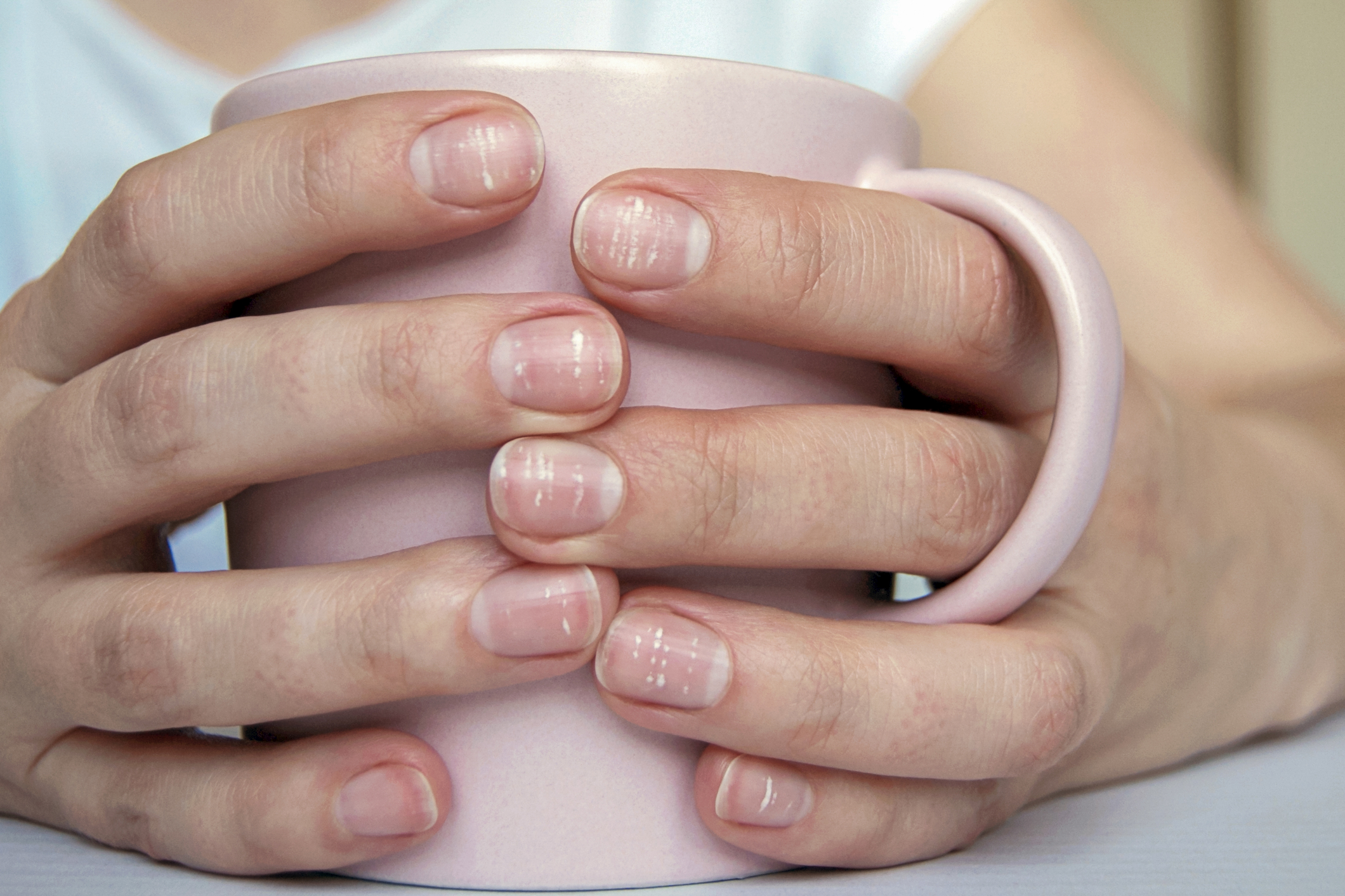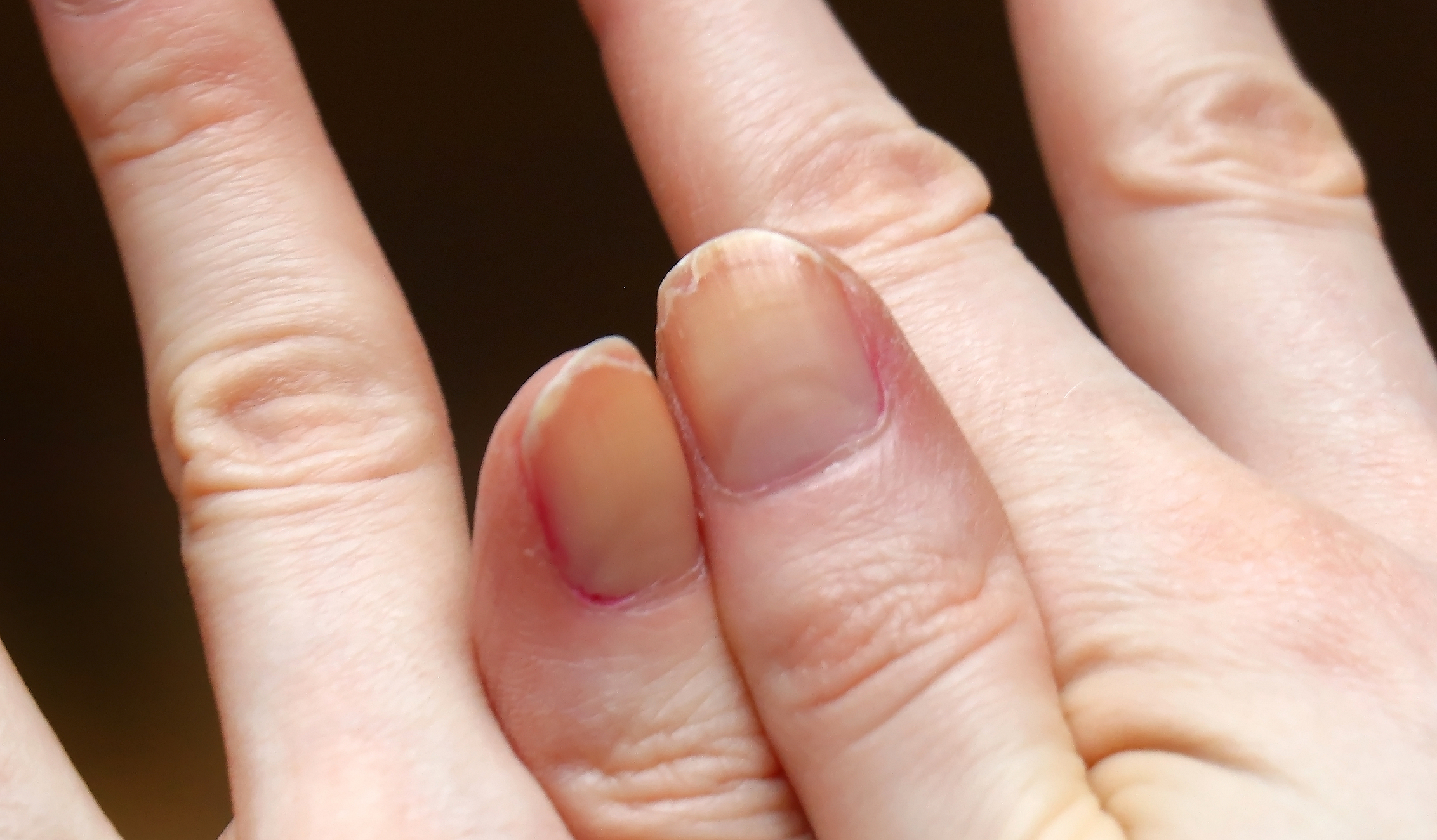Five Proven Strategies to Ward Off Nail Fungus: Your Guide to Healthier Nails
Understanding nail fungus is the fundamental step towards its management. Also known as Onychomycosis, nail fungi infections frequently result from microfungi and yeasts infiltrating your nail bed - the protective barrier underneath the nail. Over time, this triggers discoloration, a thickened nail, and possibly, discomfort. A majority of such infections are caused by dermatophytes, a form of fungi that flourishes in warm, moist environments.
Since sweat can create an ideal habitat for fungal growth, nail infections commonly affect toenails. Other risk factors are a weak immune system and limited circulation - two conditions prevalent among older adults, which explains their higher susceptibility.
It is crucial to acknowledge that nail fungus doesn't clear up by itself. In fact, if left untreated, the issue can worsen, leading to substantial nail damage or spreading the infection to other nails - even other people. Rapid management is vital to prevent complications, which brings us to several proven strategies to ward off nail fungus effectively.
Embrace Preventive Hygiene: The Power of Cleanliness

Preventive hygiene is a top strategy for warding off nail fungus. First, regularly wash your hands and feet, taking extra caution to clean the areas under your nails where fungi could proliferate. Dry them thoroughly post-washing, particularly before donning socks or gloves.
Opt for sweat-absorbent socks and change them daily or as soon as they become damp. This helps eliminate an environment conducive to fungi growth. When shopping for shoes, favor those with breathable materials to minimize sweating.
At public places like gyms or communal showers, always wear flip-flops or water shoes. These areas, given the high moisture levels, can serve as a breeding ground for fungi. Also, refrain from sharing personal hygiene items, such as nail clippers and towels, to avoid infection transmission.
Nutrition for Nail Health: Fortify Your Defenses

Diet and nutrition play an instrumental role in your body's ability to fend off fungus infections. A balanced, nutrient-dense diet helps bolster the immune system, making it an effective line of defense against fungi.
Lean proteins, such as fish, eggs, and poultry, are crucial for nail health as they help repair damaged tissues. Consuming ample antioxidants through colorful fruits and vegetables can also fight inflammation and boost your overall immune response.
Incorporating probiotics into your regular eating habits can help balance gut bacteria, which aids in supporting a healthy immune system. Foods rich in biotin like eggs, almonds, and sweet potatoes can promote robust and healthy nails, reducing the chances of infections.
Topical Treatments and Natural Remedies: Aiding the Fight

There are several topical treatments available that can effectively combat nail fungus. Over-the-counter antifungal nail creams and ointments can help check the infection’s growth - apply these after bathing for maximum effect.
Natural remedies also provide viable options in the fight against nail fungus. For instance, tea tree oil, loaded with natural antifungal properties, can be used directly on the infected nail. Regular application can aid in managing the nail fungus effectively.
Vinegar soaks have long been used traditionally in managing nail fungus as the acidity acts as an antifungal agent.
Stay Trimmed and Clean: How Nail Care Can Prevent Fungus

Proper nail care routine can significantly keep fungus at bay. Always keep your nails trimmed and clean, ensuring a less conducive environment for fungi to thrive. Avoid exceedingly short trims, though - this can result in tiny injuries through which fungi can intrude.
Using sharp and clean scissors or clippers, cut your nails straight across. Then file down thickened areas, encouraging more effective medication absorption when you apply topical treatments.
Remember, when in public environments, consider bringing your own manicure and pedicure tools as common tools can be contaminated with fungus. Be vigilant about the sanitary practices wherever you get your nails done.
Getting Professional Help: Knowing When to Consult a Doctor

Despite multiple preventive measures and home remedies, if your nail fungus persists, it could be time to pursue professional help. Individuals with diabetes or weakened immune systems should particularly seek prompt medical attention.
Prescription medications for nail fungus are usually more potent than their over-the-counter counterparts. Some of these are designed for topical use, or directly on the infected nail, while others are systemic, taken orally to kill the fungus from within the body.
Remember, the key to successful treatment is early intervention and consistent implementation of the prescribed treatment. Stay patient as nails grow slowly and the infection may take several months to clear - but with persistence and adherence to your doctor’s advice, healthier, fungus-free nails are attainable.